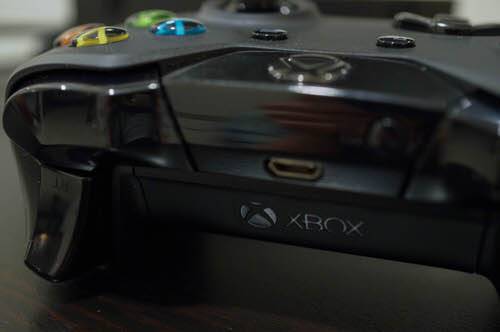In many ways, the Xbox One’s reputation precedes it.
When it was introduced last May, a vocal contingent of gamers objected to some of the next-gen console’s initial policies—required Internet “check-ins” at regular intervals was one notable example. But at that point, Microsoft did something unheard of: It listened to consumers, regrouped, and came back with a more tempered vision for its next-generation console, sacrificing some its more “forward-thinking” digital features in the process. (We might see some of those original plans snake their way back to the Xbox One over time.)
With so much fuss over the ins and outs of Microsoft’s policies, the Xbox One quickly became obscured by its own controversy. But after Microsoft forfeited some of those controversial features and the dust finally settled shortly before the console’s November release date, the Xbox One has since emerged from the scuffle somewhat unscathed—it sold a healthy 3 million units during its short stint of availability in 2013.
At last, it’s time sit down with the Xbox One. I’ve already described my initial impressions of the console’s software and setup. Now, we’ll take a look at Microsoft’s new slab of powerful gaming hardware to see what exactly the Xbox 360 has evolved into.

In The Box
Every one of Microsoft’s bright green Xbox One boxes comes packed with the console, the next-generation Kinect sensor, a flimsy-but-workable headset, one HDMI cable, the power brick and the power cables. The box is almost surprisingly compact once you spread out its contents. As you can see, the power brick and console itself both larger than those of the previous Xbox generation.


To review the specs: The Xbox One features 500GB of storage, 8GB of RAM, and a custom 1.75Ghz 8-core AMD processor built on x86 architecture—a noteworthy move away from the PowerPC internals of the last console generation and return to the PC-like architecture of the original Xbox. The Xbox One supports display resolutions up to 4K, can handle DVDs, CDs and Blu-ray discs—a notable absence on last gen’s Xbox 360—and packs a 1080p camera into the new Kinect accessory.
Console Design
The first thing you’ll notice about the Xbox One is that, well, it ain’t petite—its dimensions are substantially larger than its predecessor, the Xbox 360. You might not mind the new Xbox’s larger footprint if you have an elaborate home entertainment setup, but for those of us without a ton of living room real estate, things can get a little cramped.
When you activate the console, you’ll notice Microsoft has removed its telltale green light we’ve come to expect from the Xbox. Now, the power button emanates a neutral white glow, no doubt a nod to the console’s broadened target market.

The Controller
The Xbox 360 controller was a favorite among consumers, so Microsoft didn’t want to mess with perfection that much; at the same time, the new controller has a pretty different feel to it overall.
When you first pick it up, the Xbox One controller feels a little cheaper—the heft is about the same but the weight is just distributed a little differently. As you can see from this photo, the One’s controller is slightly less curvy, with a more serious, angular design.

The pause and select buttons have scooted below the glowing Xbox icon, but everything else remains largely the same. I definitely noticed that, at least for my smallish hands, the shoulder buttons (RB and LB) were more difficult to access in the heat of gameplay. The design remains otherwise excellent, and I particularly liked the grippy texture of the Xbox One’s dual joysticks.


The Kinect
Every new Xbox One comes with a Kinect in the box, which partially explains the new console’s price hike over the Xbox 360. Privacy concerns aside, the new version of the Kinect—still just called Kinect—is a notable improvement over what came before. After getting it calibrated, voice commands work surprisingly well and you won’t be repeating yourself as much when issuing commands on the Xbox One, which is good news.

Still, it’s not perfect. I’ve yet to find a compelling reason to use the gesture controls and the voice recognition requires that you speak the full names of games and apps, which can get awkward—“Xbox, open Assassin’s Creed IV: Black Flag” doesn’t quite roll off the tongue. Still, the new Kinect pulls off some cool tricks (many I’ve yet to discover). For one, the camera quickly recognizes you and logs you in, which is an especially cool trick for households with multiple Xbox Live profiles. It doesn’t work every single time, but when it does, my living room feels downright futurized.

Wrap-Up
The Xbox One is built like a workhorse. Its hardware design is not particularly elegant, and we do wish it had a little more character considering how much space it takes up. Still, the bundled Kinect is a major improvement over the old Kinect (whether you want it or not) and the controller is still one of the best ever made, though it it took me a minute to warm up to it.
All things considered, the hardware is about power and versatility—not good looks. The Xbox One looks a little less playful and a little more serious than its predecessor. Paired with the all-seeing eye of the Kinect, it feels a little like having a cylon in your living room, but hey, at least the light doesn’t glow red.
Images via Taylor Hatmaker for ReadWrite





















